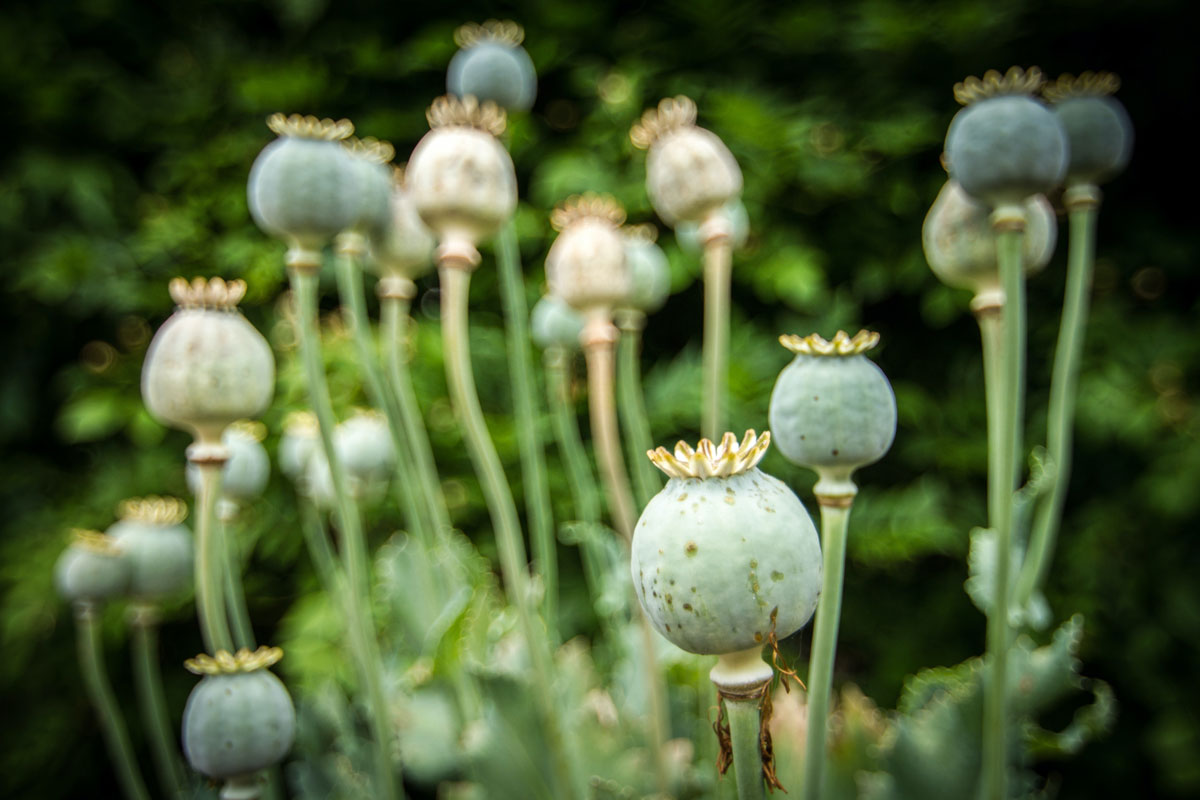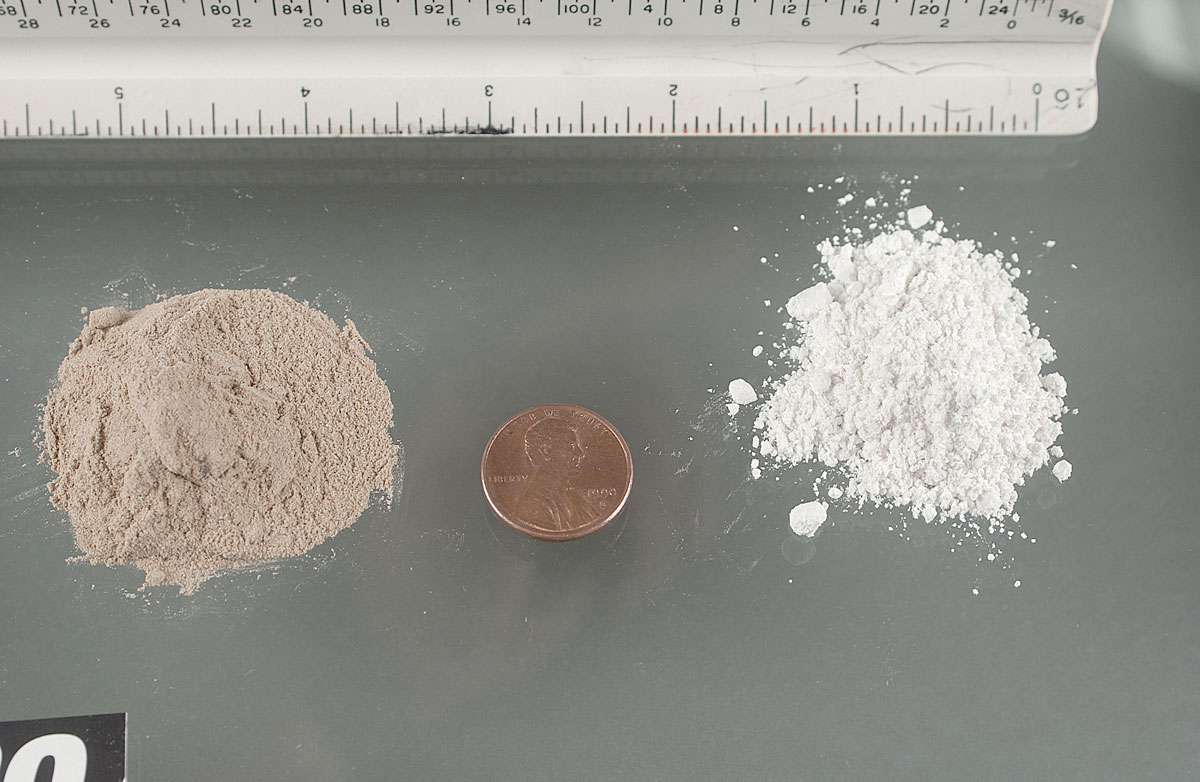Heroin, also known as diacetylmorphine and diamorphine among other names, is an opioid used as a recreational drug for its euphoric effects. Medical grade diamorphine is used as a pure hydrochloride salt which is distinguished from black tar heroin, a variable admixture of morphine derivatives [ … ] which is the result of crude acetylation during clandestine production of street heroin. Diamorphine is used medically in several countries to relieve pain, such as during childbirth or a heart attack, as well as in opioid replacement therapy.
It is typically injected, usually into a vein, but it can also be smoked, snorted, or inhaled. [ … ] Common side effects include respiratory depression (decreased breathing), dry mouth, drowsiness, impaired mental function, constipation, and addiction. [ … ] After a history of long-term use, opioid withdrawal symptoms can begin within hours of the last use. When given by injection into a vein, heroin has two to three times the effect of a similar dose of morphine. It typically appears in the form of a white or brown powder.
[ … ] Heroin was first made by C. R. Alder Wright in 1874 from morphine, a natural product of the opium poppy.
“Heroin”. Wikipedia, Wikimedia Foundation, 5 February 2022, en.wikipedia.org/wiki/Heroin.
Resources:
- Heroin on Wikipedia
- Heroin on Drugs.com
- To see what happens to the brain on drugs play to the game “Mouse Party” | Genetic Science Learning Center. “Mouse Party.” Learn.Genetics. August 30, 2013. Accessed December 25, 2021. https://learn.genetics.utah.edu/content/addiction/mouse/.



Leave a Reply